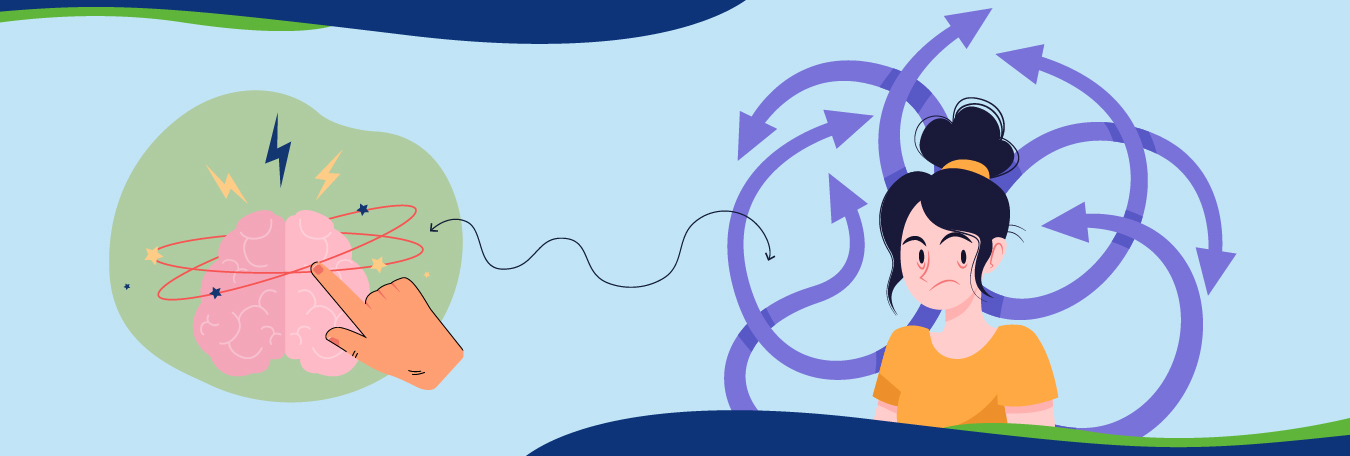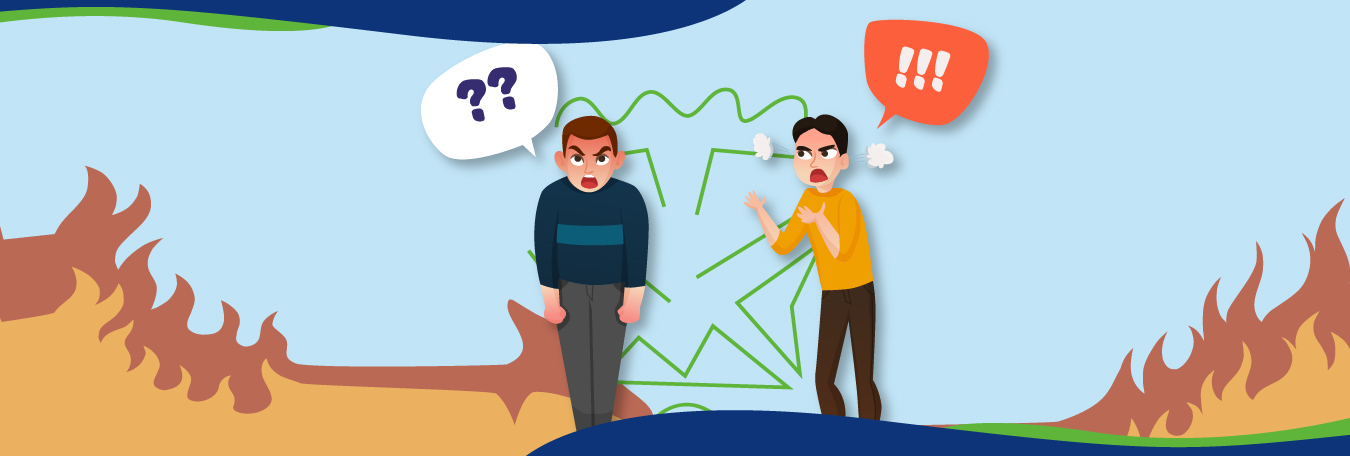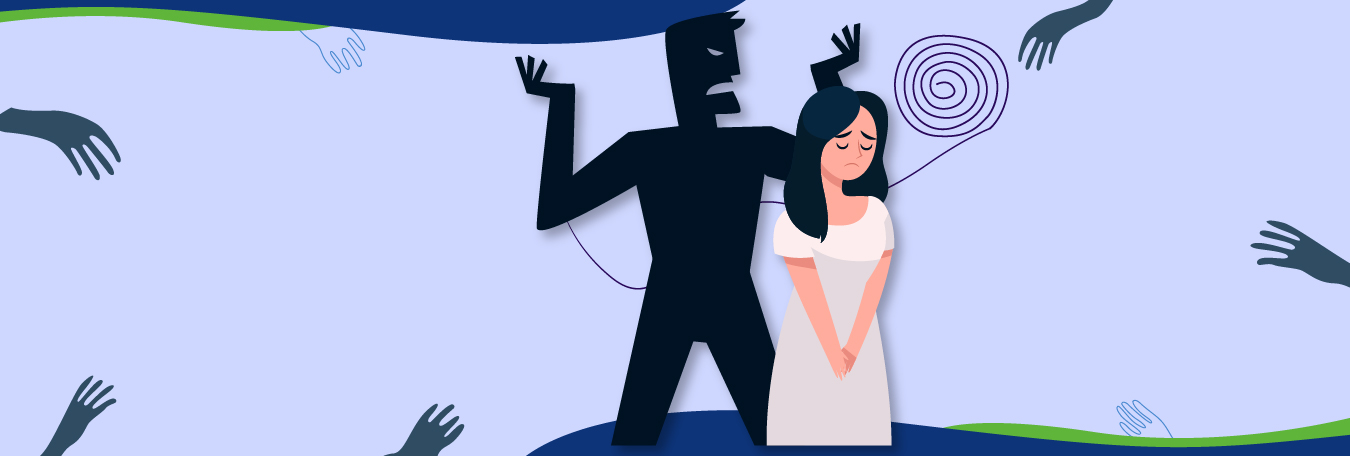Attention-Deficit/Hyperactivity Disorder (ADHD) is characterized by racing thoughts and uncontrollable need to ruminate. ADHD becomes evident during or around puberty, making it a prevalent problem in children and even in adolescents. But there are many ways the lasting symptoms can be adjusted by letting your children participate in calming activities for ADHD. Let’s learn everything about these ADHD kid’s activities but before we do that we are going to define what exactly ADHD is:
Defining ADHD
ADHD is a type of mental condition that is characterized by inattention, hyperactivity, and restless thoughts, which also make up their symptoms. There is a reason these symptoms need calming activities for ADHD in children as it directly attacks the executive functioning of the body. Executive functions relate to memory, attention span, and thought processes. Interference with these functions can lead to hindrance to normal everyday lives. ADHD is one of the most common neurodevelopmental mental conditions that specifically affect children under 15 years of age and often devolves into adulthood.
The Calming Activities for ADHD in Children
There are a couple of ways we can help with ADHD kids’ activities. These include breathing exercises, physical activities, mindfulness tasks, and effective routines so they can help cope with the symptoms of ADHD. Calming activities for ADHD that are used for adults can also be used to treat ADHD in children. Some of these, which are usually the most effective ones are listed below:

Direct Calming Activities for ADHD
To directly initiate the calm-down processes, these calming activities for ADHD can provide the quick relief that the children with ADHD need to get rid of the racy thoughts and restless behavior that might be a nuisance to the parents.
Breathing Down Exercises
Let’s start with taking a literal breather, which is one of the most effective calming activities for ADHD in children. While it can work for an adult, it does wonders for the children. This activity strikes the amygdala, the part of the brain that processes feelings and deregulates the nervous system which directly releases some stress, to take a step back and take a break from overprocessing that happens due to the presence of ADHD in the brain. Take these hints to initiate one of the most effective ADHD kids’ activities that help them calm down:
- Slowly breathe through your belly
- Count towards your slowed breathing
- Also, count all of your breaths
Physical Calming Activities For ADHD in Children
Let your child fidget, jump or run. Everything works as one of the most effective calming activities for ADHD in children as physical exertion of any kind. There is an essential reason behind it. Physical activities act on your brain in a similar way as the ADHD medication that is prescribed to your ADHD-affected child.
Physical exertion and dopamine have a bidirectional relationship. This means exercise increases dopamine, which is a naturally occurring neurotransmitter that is associated with the reward system and motivation. Children with more dopamine may be more likely to exercise. Kids with ADHD often say that they feel better when they exercise. This relationship between dopamine and physical activities makes it one of the most effective calming activities for ADHD in children. It can come in shape or size, for example, soccer is a great way to lead your child into physical activities.
Build Up Your Child Coping Skills
Our brains never come pre-installed with coping skills that are essentially one of those great ADHD kids’ activities. That doesn’t mean that we cannot teach our children these coping skills, so they can adjust properly to ADHD traits. We can also add this into one of the best calming activities for ADHD in children because once they are able to practice and initiate techniques like mindfulness or meditation, the benefits are tremendous. You can help them start by:
- Making lists of different things they do every day
- Practicing beginner yoga poses
- Letting them take a break from anything they are doing
- Try the RAIN method for meditation
Create Calming Activities For An ADHD Based Routine
We know that sticking to routines and ADHD don’t go together well but hear us out. Studies suggest that once a routine has been made, it can have a calming effect on ADHD-addled individuals. Once you have helped your child make a routine and help them stick to it, benefits will abound. This is because things that are out of routine, such as sleep deprivation, can worsen ADHD symptoms, so having a consistent sleep cycle and a routine helps your children from falling into the procrastination trap. It can also be added to one of the most effective calming activities for ADHD in children or perhaps the best ADHD kids’ activities. You can start on an ADHD-based routine through:
- Limiting their food intake right before sleep
- Limiting their screen time before sleep
- Optimizing their homework hours
- Help them limit food intake that is high on energy
Deploy Sensory Strategies To Limit Sensory Overload
Teaching them to engage with all of their senses can be a great way to initiate calming activities for ADHD in kids. These ADHD kids’ activities can provide ways to calm down the usual ADHD symptoms that hinder their everyday lives. You can limit the sensory overload by:
- Limiting the auditory, visual, olfactory, and/or tactile ADHD triggers
- Provide a setting that is not conducive to sensory overload
- Helping them utilize sensory aids like fidget spinners, active seating, or chewable toys (for the younger ones)
A Word of Caution About ADHD and Video Games
Excessive time spent on video games has been known to exacerbate ADHD traits. In fact, children with ADHD are at risk of developing video game addiction. Even with great calming activities for ADHD, there will be no beneficial effect if your child is found to be glued to the screen playing video games. Video games can also increase their screen time considerably which makes video games just about the worst ADHD kids’ activities. While gaming can help with problem-solving, too much of anything is bad, so let your children play video games but only let them do so for some time as individuals with ADHD can be found glued to preferred tasks, which video games tend to be.
Seek Professional Help
Seeking professional help for your child is the way to go if all of these calming activities for ADHD in children are unable to make a difference. While these calming activities for ADHD in children are highly beneficial, sometimes these do not work just because the ADHD traits your child is displaying are extremely intense. All of the calming activities for ADHD discussed above are called behavioral interventions but can be complementary to professional help. There are a couple of ways, professional help can be sought (sometimes can also be used in unison):
Psychotherapy: “Talk” therapy such as the one called Cognitive Behavioural Therapy (CBT) can help your children come to terms with and adjust to the behaviors they are displaying as a result of their ADHD. The CBT for ADHD is based on Psychoeducation and organizing/planning, coping with distractibility, and adaptive thinking. Mindfulness and meditation techniques such as the one discussed as one of the ADHD kids’ activities above can also be beneficial.
Additionally, another psychotherapy called Dialectical Behavioral Therapy (DBT) can also be beneficial. Professional mental health experts will use DBT to initiate calming activities for ADHD such as mindfulness, emotion regulation, and helping your child build resilience to distress, impulsivity, and hyperactivity.
Medication: There are two types of medications that are used to treat ADHD in children and adults alike: stimulants and non-stimulants. Stimulants directly focus on increasing the amounts of brain chemicals called dopamine and norepinephrine in the central nervous system (CNS). Examples include amphetamine-based stimulants, dextromethamphetamine, and dexmethylphenidate (Focalin). When the stimulants don’t work or their side effects are too much, then non-stimulants are used. Non-stimulant medications also work by increasing levels of norepinephrine in your brain. Examples include atomoxetine or antidepressants like nortriptyline. What is suitable for your child can depend on the progress of your medication treatment and the assessment of your child’s psychiatrist. All of these medications can also greatly be complemented by calming activities for ADHD in children.
Final Words:
Calming activities for ADHD in children can help a lot if the instructions for these are diligently followed and your children are staying true to these instructions. You have also been provided with certain treatment methods if in any case any of the ADHD kids’ activities do not work. If the treatment is what your child needs instead of the calming activities for ADHD that are provided above, the professional experts from Inland Empire Behavioral Group can help. Not just that, our experts are also adept at treating other medical conditions like Anxiety, OCD, or PTSD in children.




